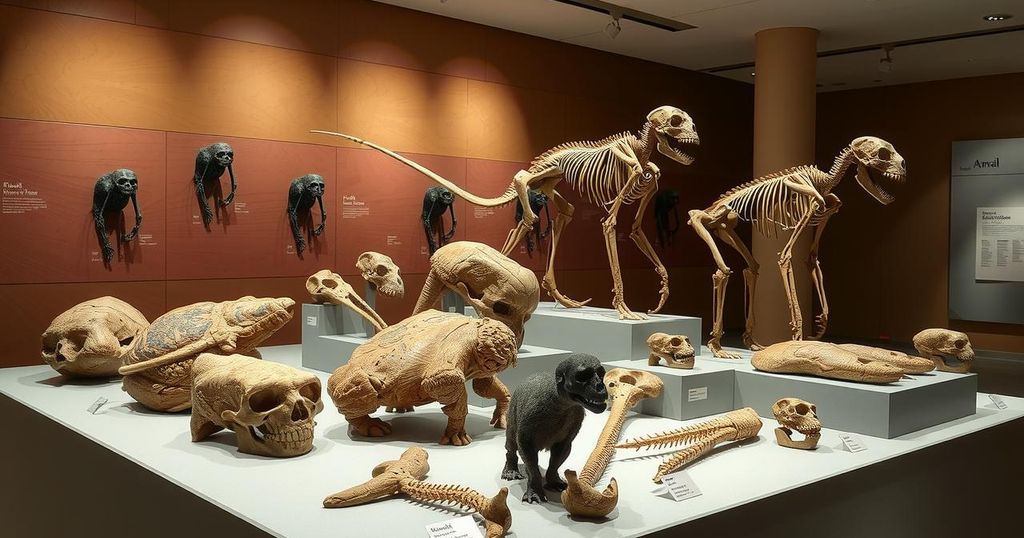Groundbreaking Discovery: New Continent Found Beneath Atlantic Ocean
Scientists have discovered a new continent, the Davis Strait proto-microcontinent, beneath the northern Atlantic Ocean. Formed millions of years ago from tectonic plate shifts between Canada and Greenland, this thick continental crust measures 12 to 15 miles long. Researchers believe this discovery will enhance understanding of similar geological formations worldwide, emphasizing the importance of studying microcontinent formation.
In a remarkable twist of geological fate, scientists have unearthed a new continent hiding beneath the frigid depths of the northern Atlantic Ocean. Contrary to childhood geography lessons that remind us of seven continents, our world reveals a more intricate story as researchers unveil lost landmasses, crucial for understanding Earth’s geological tapestry. This newly identified landmass, located in the Davis Strait between Canada’s Baffin Island and Greenland, was formed millions of years ago due to tectonic plate shifts that crafted a vibrant continental crust beneath the waves.
The groundbreaking discovery, dubbed the Davis Strait proto-microcontinent, came from a team of UK and Swedish scientists who meticulously reconstructed the ancient plate tectonic movements occurring around the Davis Strait 33 to 61 million years ago. They revealed the presence of an exceptionally thick continental crust, extending 12 to 15 miles long, now resting in the chilly waters off Greenland’s coast. This extensive slab of earth adds to the mystery and complexity of our planet’s surface.
The implications of this discovery extend far beyond mere curiosity. Researchers suggest that understanding how this microcontinent formed can enhance knowledge about similar geological structures worldwide. The study team emphasized, “Our identified mechanism of microcontinent formation may be widely applicable to other microcontinents around the globe.” They argue that further exploration is essential to grasp how changes in plate motion and transpression contribute to these geographical phenomena.
The discovery of the Davis Strait proto-microcontinent highlights the dynamic nature of Earth’s geology. While primary education commonly presents the continents as static entities, ongoing research reveals that the planet is ever-evolving, with tectonic movements continuously reshaping its surface. Recognizing that lost landmasses can emerge adds depth to our comprehension of Earth’s geological narrative, especially regarding the dynamics between continental and oceanic crust.
The unveiling of the Davis Strait proto-microcontinent reshapes our understanding of Earth’s geography, revealing a new layer of complexity beneath the surface. This discovery not only broadens the definition of continents but also invites future research into the processes that govern the formation of such structures. As scientists continue to decode the mysteries of our planet’s past, the significance of lost landmasses will continue to resonate throughout the fields of geology and geography.
Original Source: www.indy100.com




Post Comment